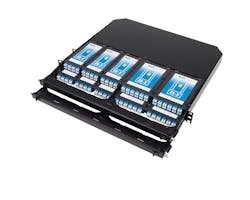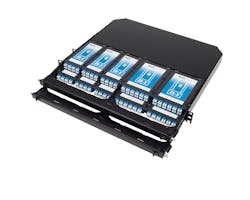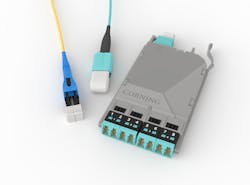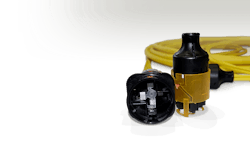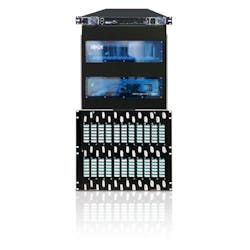Breakthrough innovations earn platinum status
In the Cabling Innovators Awards program, Platinum awards go to products, projects, and programs that are deemed to be superb, offering groundbreaking approaches, or establishing new levels of performance.
Eleven entrants took home Platinum awards this year. Here are descriptions of each.
Panduit and General Cable have been the network-infrastructure providers at the UC Davis Medical Center for 14 years. The center serves a 65,000-square-mile area that includes 33 counties and 6 million residents across Northern and Central California. Today, General Cable’s GenSpeed 10 and Panduit connectivity is the standard for all network cabling projects. Over the past 14 years, PanGen has supported hundreds of projects, including more than 50 large projects ranging from new buildings to renovations, including a wireless access point upgrade project that included the installation of 680 APs. Another nine large projects are currently under construction or planned. The medical center is supported by four data centers (one on-premises and three colocation facilities), and more than 250 telecommunications rooms. The campus has more than 70,000 cable drops, which means more than 140,000 Panduit connectors, and more than 12 million feet (more than 2,300 miles) of cable from General Cable.
